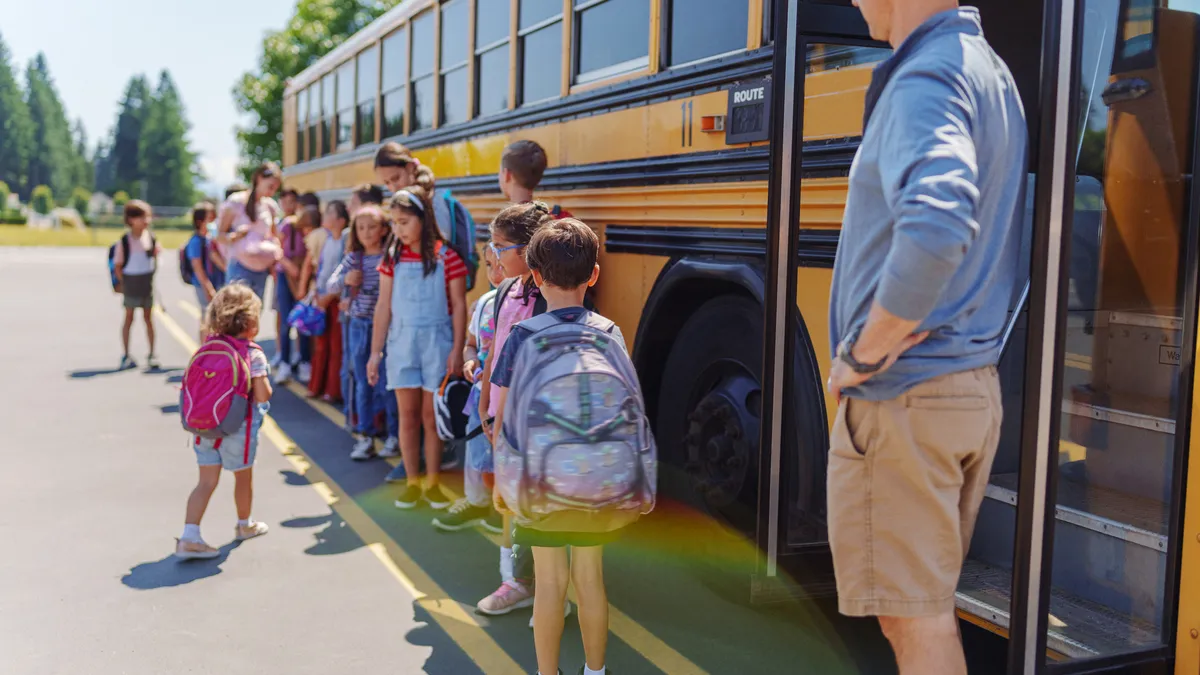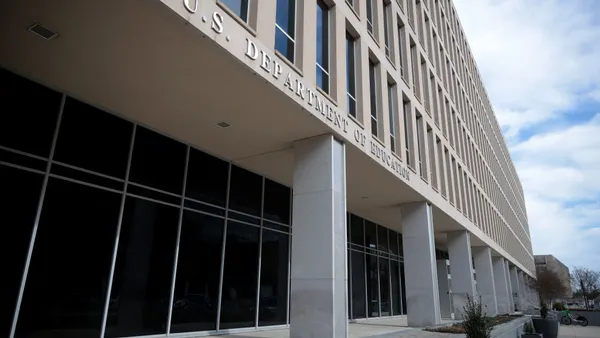Dive Brief:
-
The number of births in the U.S. fell by 71,741, or 2%, from 2022 to 2023, according to data released this month by the Centers for Disease Control and Prevention.
-
For teens ages 15-19, birth rates declined even more steeply, by 4%. Overall birth rates are defined as the number of births per 1,000 females ages 15-44
-
In the nearly two decades since the Great Recession began in 2007, birth rates have plummeted 17% and have yet to recover, affecting school district enrollment rates and budgets.
Dive Insight:
In the long term, declining birth rates stand to impact school districts’ bottom lines, as smaller age cohorts lead to lower possible enrollment. This in turn impacts funding and can lead to school closures and consolidations in regions particularly affected by the trend.
State budgets, which fund a majority of school district budgets, are also feeling the impact of long-term birth rate declines, according to Pew Charitable Trusts, an independent nonprofit research organization.
"The future course of fertility represents a key source of fiscal uncertainty for states as smaller working-age populations may eventually threaten tax bases," the organization wrote in 2022.
The pandemic only exacerbated this issue. According to Pew Charitable Trust's analysis, 43 states recorded their lowest general fertility rate in at least three decades in 2020.
While school districts may already be feeling the impacts of lower birth rates, the organization warned that the fallout may get worse in the coming decades.
Total school enrollment has been on the overall decline since 2019, and by 2030, the NCES projects it will decrease another 4%, according to the U.S. Department of Education's National Center for Education Statistics.
The federal agency has also predicted that a declining population and pronounced disruptions during the COVID-19 pandemic "will impact projected enrollment levels as smaller birth cohorts mature to school age."












